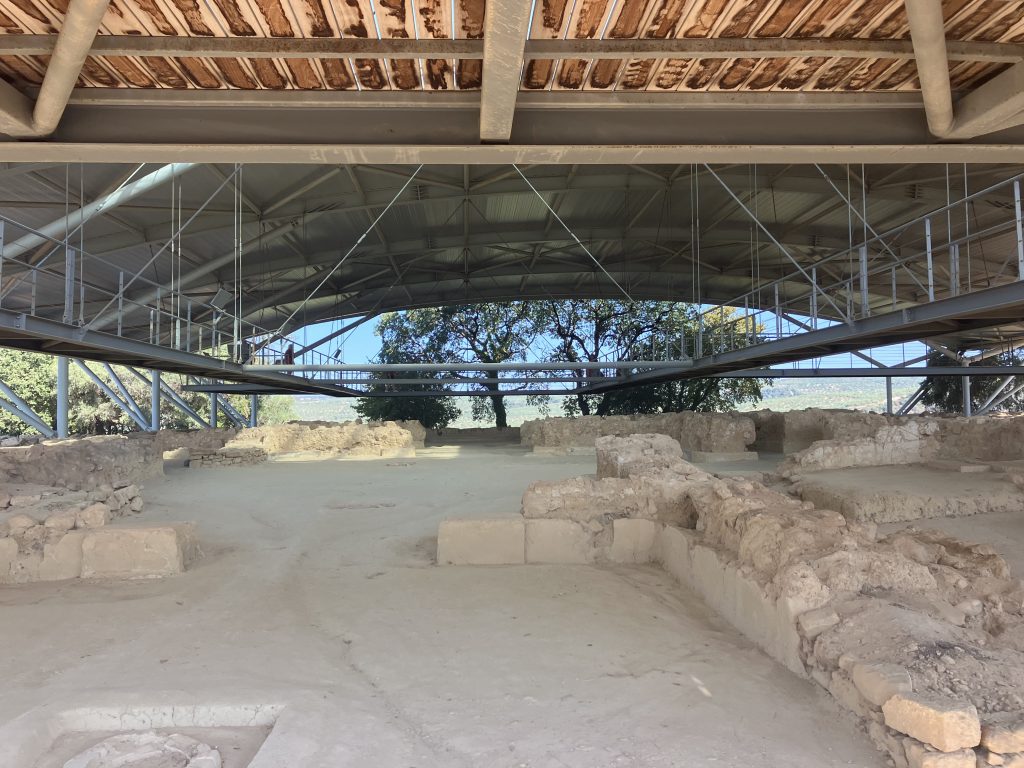
Nestor’s Palace is one of those places featured both in history and in fiction. It’s considered one of the best preserved Mycenaean sites from 1300 BC, as well as featured in Homer’s “The Odyssey”.
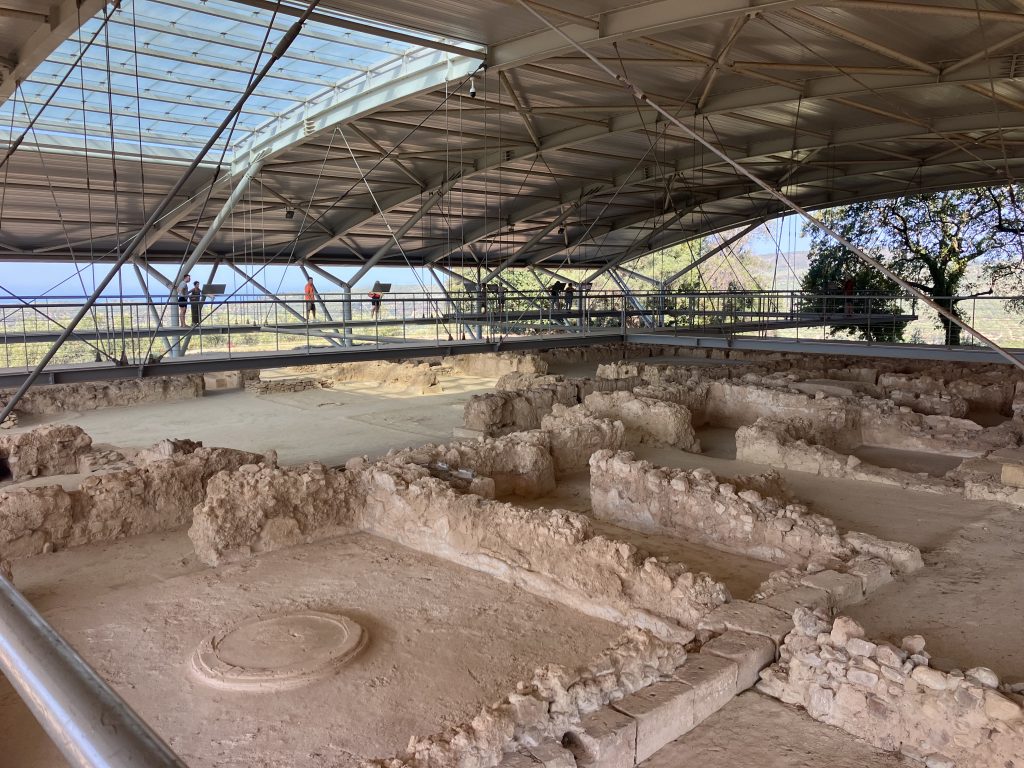
The site was discovered in the early 20th century, and slowly uncovered over the decades. Unlike other Greek ruins that one can wander through freely, a roof was built over these ruins along with an elevated walkway. The disadvantage is that you cannot get up close, but the ruins remain in exquisite condition for more people to visit.
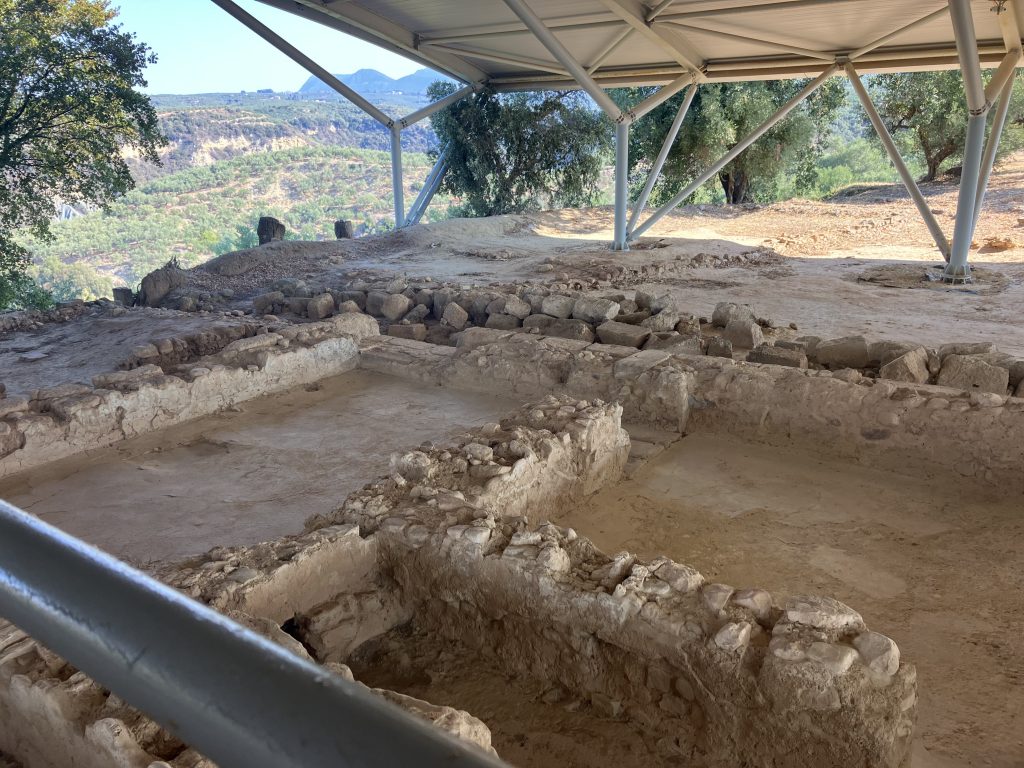
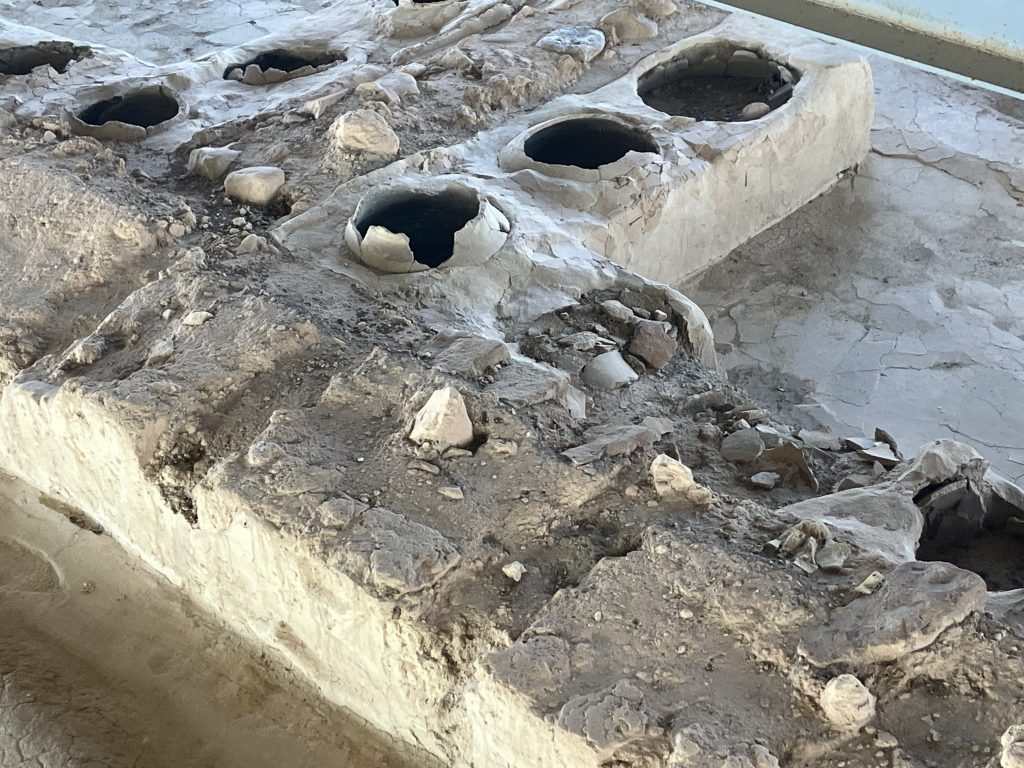
A fire destroyed the palace, but managed to preserve enough to tell us about life at that time in Greece. Clay jugs used for wine and olive oil can easily still be seen. A bathtub is perfectly preserved. Also found at the site were tablets called Linear B, one of the first known written scripts for mankind. (Unfortunately, the tablets and other artifacts are at a nearby museum which is closed for renovation currently.)
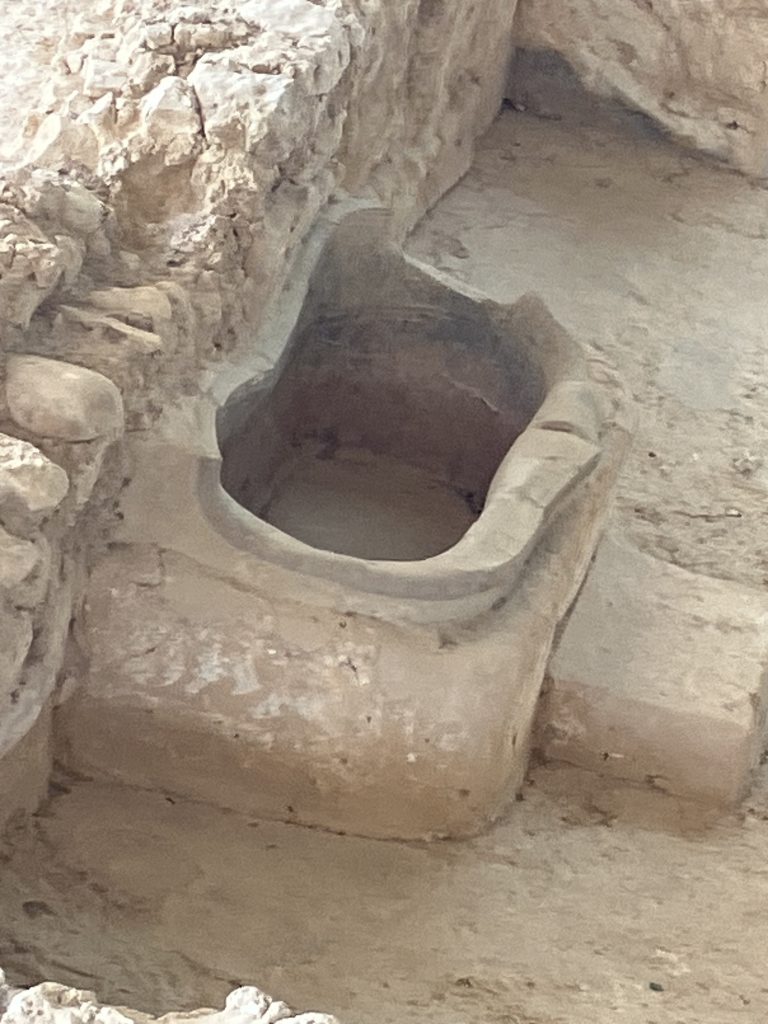
We spent the morning walking around the site, imagining what life would have been like thousands of years ago, and even picturing Ulysses enjoying Nestor’s hospitality.
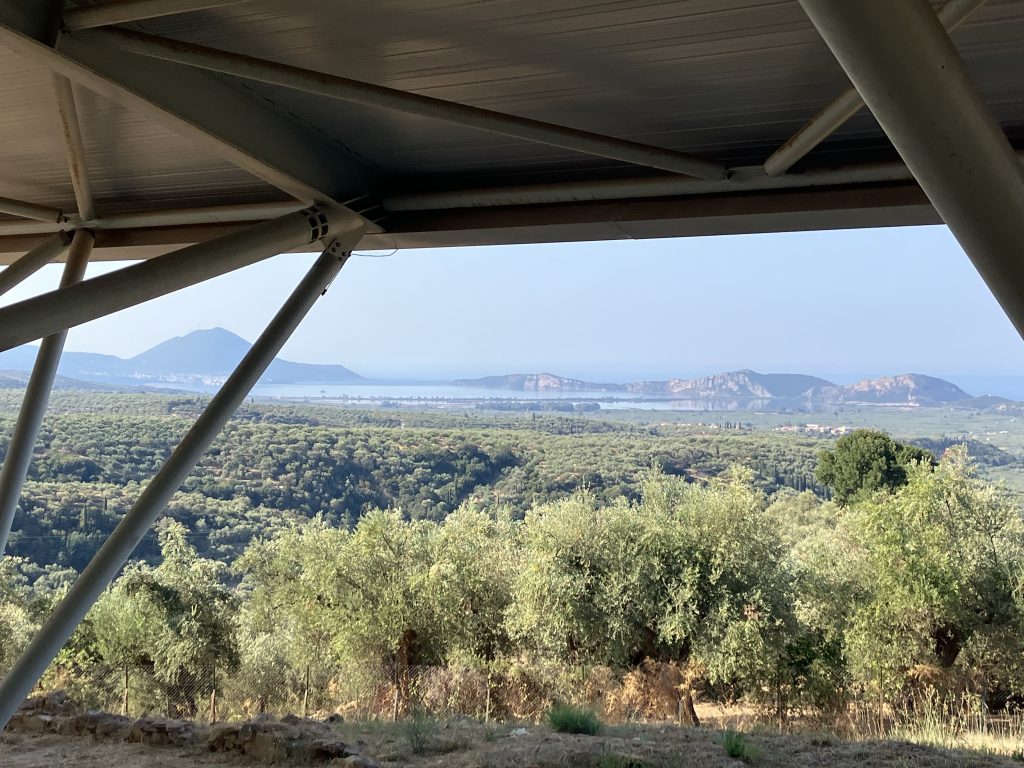

Recent Comments